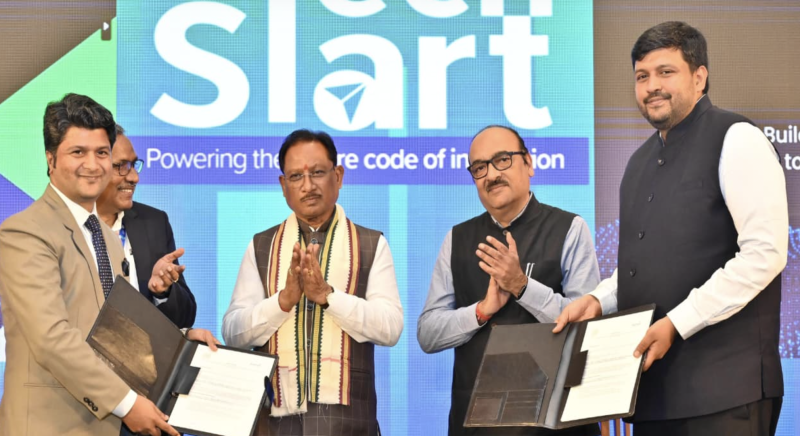ndia’s heartland is once again emerging as the growth engine for consumer spending. With Kartika festivities underway, early market data indicates a decisive uptick in rural demand — a trend reminiscent of the pre-pandemic consumption cycles. From household essentials to discretionary goods, the spending wave is fueling optimism among policymakers and business strategists eyeing rural India’s resilience.
According to analysts, this year’s festive quarter could contribute nearly one-third of annual retail revenue for several consumer-facing industries. The drivers are clear — strong farm yields, improving liquidity in the informal sector, and targeted state subsidies have strengthened household balance sheets. Many rural families are now channeling their savings toward consumer durables, apparel, and local travel.
Retailers operating in Tier-3 and Tier-4 towns are witnessing a 15–20% jump in footfalls compared to last year. The recovery is particularly pronounced in categories like home appliances, packaged foods, and affordable fashion. Traditional markets and fairs, long considered cultural mainstays, are also back in full swing. For local artisans, this seasonal spike translates into renewed income and supply chain activity.
Economists say rural optimism is linked to macro stability as well. Inflation in essential goods has remained under control, while government rural infrastructure spending — from road connectivity to warehousing — has facilitated better market access. Fintech innovations and rural credit cooperatives have further smoothed small-ticket transactions.
On the policy front, the focus is shifting from subsidy-based welfare to productivity-led growth. Schemes promoting agri-tech, solar power adoption, and handicraft digitization are helping small entrepreneurs tap into expanding digital markets. The convergence of tradition and technology — from local e-commerce platforms to social media-driven micro-entrepreneurship — is reshaping India’s hinterland economy.
The next few months will test whether this surge can sustain beyond festivities. With inflationary risks low and the monsoon’s impact stabilizing crop output, economists expect steady momentum into early 2026. For India’s retail sector, this festive revival could mark the beginning of a new consumption supercycle, rooted in the aspirations of Bharat’s evolving middle class.


